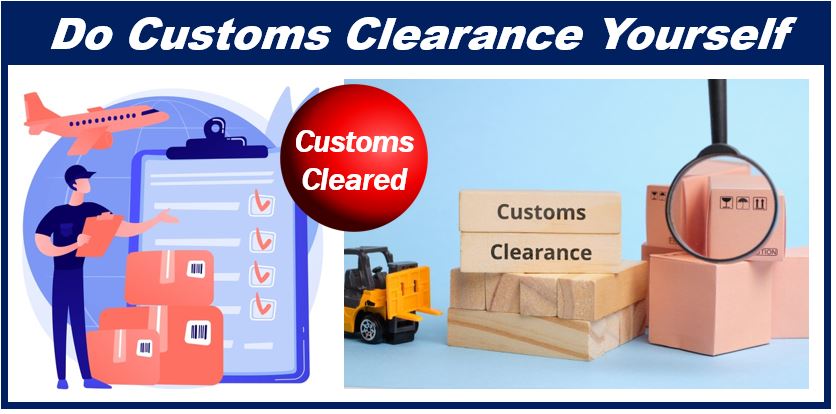Not many people know this, but for a while now, U.S. citizens are allowed to file their ISFs and Entry Summaries to release their goods from customs – automatically and without hiring a customs broker. Here is what you need to know to become a self-filer.

What is import self-filing?
To be an import self-filer, you, the importer, must take ownership of the entire customs clearance process. In other words, you are accountable to communicate directly with the U.S. Customs Border Protection (CBP). You then file all required documentation for your imports to cross the border into circulation. This option is instead of hiring the services of a licensed Customs Broker to file on your behalf. These are the requirements:
-
Obtain a self-filer code
For Entry Summary Filling (customs clearing), you need a self-filer code. This code is a unique identification number for the person permitted to self-file. The code is assigned by a Port Director at the main port of entry and issued by the CBP. To receive it, you need to send the relevant Director a Letter of Intent. If you receive no response within 14 business days, resend the request.
The requirements for a self-filer code are:
| 1. Continuous bond on file with the CBP.
2. Average of 15 entries per month. 3. $1M or more in goods value past 12 months |
Once received, the CBP assigns you a self-filer code comprising three digits. CBP also allocates you a client representative from the ABI (Automated Broker Interface). This agent is your go-to guy in the CBP. For example, agents can help answer questions, obtain in-bond (immediate transfer) numbers to move your merchandise from Port of Entry to Port of Unlading (vessel or flight) if required, and more.
-
Meeting requirements
Before jumping in, prepare yourself to meet all customs clearance requirements.
- Technical Expertise: Familiarize yourself with the customs rules and regulations required of you as a self-filer. Perhaps you have an in-house expert who could help you, or could you assign an employee to do the job? You can also do research online, and the CBP offers very detailed guidelines. Regardless of your approach, you will need to become somewhat of an expert to meet all requirements.
- Shipment Volumes and Costs: The primary reason importers choose to self-file is to save money. Be sure to estimate the time you need to dedicate to the process. Self-filing requires steady and reliable Entry Filing and Importer Security Filing (ISF). If you miss specific deadlines and payments, penalties can be steep. Price is also proportionate to shipment volumes. If you suddenly have a leap in demand for your goods, are you ready to handle it
- Know your Product: Every imported product requires an H.S. Code – the 10-digit Harmonized Item Description Code. This code describes items in detail, enabling the CBP to know what duties or taxes to charge you. Note: If you correctly fill out the required CBP Form 7501 “Entry Summary” declaration form, you can avoid legal issues. Additionally, you may need a special permit if you are importing, say, drugs or food. Check with your local customs office to clarify.
- Know the Customs Clearance Process: Make a checklist of what you need to ensure your goods’ release from customs. This list includes providing a Commercial Invoice, filing all necessary paperwork, and paying fees and taxes on time. You can track your goods online until they arrive at the final destination.
Online self-filing
You can become a self-filer, saving time and money with eezyimport’s unique online customs clearance solutions.

